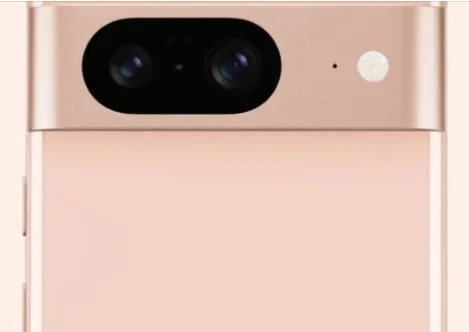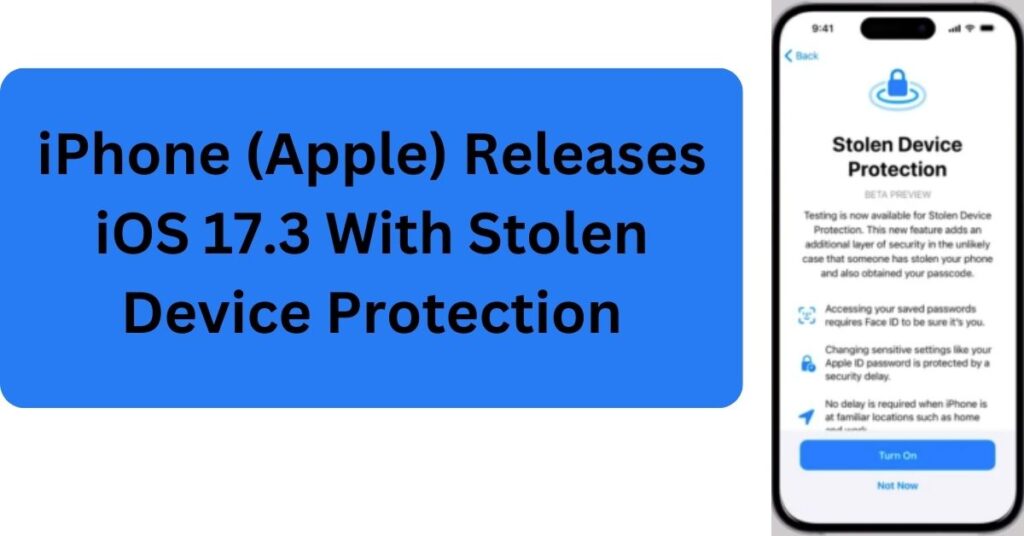The Google Pixel series features probably one of the best smartphones of a particular year because the Google team does not cease to amaze, seeking to improve its technology with each release. The Google Pixel 8 is still months away, but rumors about the upcoming Pixel 8 edition are generating significant interest. One of the key features being discussed is the potential addition of DisplayPort capability. Additionally, there are also speculations about a stationary mode being included in the new device. This article explores these rumours, discussing how these changes might impact the forthcoming Pixel 8, as well as other smartphones.
- DisplayPort Support On Google Pixel 8:
What is DisplayPort?
DisplayPort is a direct display interface standard that is the product of the Video Electronics Standards Association (VESA). Its main application is to link a video signal to a video output such as a computer display unit. Audio-compatibility and data-transfer compatibility, such as USB and other forms of data, can also be supported by DisplayPort. The primary focus of DisplayPort implementation in smartphones is to output high-definition video. This capability allows users to connect their smartphones to external displays. The USB-C interface is used to facilitate this high-definition video output.
Historical Context:
Google’s Pixel series specifically targeted aspects commonly associated with smartphones such as the camera, software, and the ecosystem tie-ins. Prior to this, native DisplayPort support was lacking in other Pixel models, which subsequently restricted its capabilities when it comes to the connection to other displays. However, other Smartphone developers including Samsung through its DeX mode have shown the effectiveness of a Tablet mode.
The Rumors:
Such expectations of DisplayPort support in the Pixel 8 can be attributed to the leaks and reports about the company’s plans regarding this novelty. This would allow users to attach other displays to their Pixel 8 devices offering them mobility in terms of workstation on their smartphones.
- Potential Benefits:
Enhanced Productivity: With DisplayPort support, one could probably use Pixel 8 to plug into a monitor, keyboard, and a mouse and it would operate more like a desktop computer. Perhaps, this setup may be useful for those who require tablet COMPUTER to work while on the move.
Media Consumption: They could watch movies, Shows n games of their preferences on a larger screen with good audio and video output.
Gaming: Coupled with a suitable controller, gamers could play mobile games on a larger screen, potentially even streaming PC or console games via services like Google Stadia.
- Desktop Mode On Google Pixel 8:
The Concept Of Desktop Mode:

Desktop mode refers to a smartphone feature that enables a desktop-like interface when the device is connected to an external display. This mode often includes a taskbar, resizable windows, and other UI elements typical of a desktop operating system. Samsung DeX and Huawei’s EMUI Desktop are notable examples of this functionality.
Evidence And Speculation:
Rumors about the Pixel 8 featuring a desktop mode are based on a combination of patent filings, developer insights, and speculative leaks. Google has previously experimented with similar concepts, such as the “Desktop Mode” feature hidden in the developer settings of Android 10. While this feature was not fully developed or widely adopted, it demonstrated Google’s interest in the idea.
- Possible Features And Implementation:
Seamless Integration With Android: Google’s desktop mode would likely be built into the Android operating system, offering a seamless transition between mobile and desktop interfaces.
App Compatibility: The mode would need to support a wide range of applications, allowing users to run their favorite apps in a desktop environment.
User Interface: Expect a taskbar, multi-window support, and possibly a dedicated app launcher tailored for the desktop experience.
- Impact On Users:
Work on the Go: Users could potentially use their Pixel 8 as their primary computing device, reducing the need to carry a laptop.
Enhanced Multitasking: Desktop mode would provide improved multitasking capabilities, making it easier to manage multiple applications simultaneously.
Cost Efficiency: For users who do not require a full-fledged computer, a smartphone with desktop mode could serve as a cost-effective alternative.
- Challenges And Considerations
Hardware Requirements:
For DisplayPort support and desktop mode to function smoothly, the Pixel 8 would need to feature robust hardware. This includes a powerful processor, ample RAM, and efficient cooling solutions to handle extended usage periods.
Software Optimization:
Google would need to ensure that the Android OS and its apps are optimized for a desktop environment. This includes addressing issues related to app scaling, touch versus mouse input, and overall user experience.
Market Acceptance:
The success of these features would depend on market acceptance. While there is a growing interest in mobile productivity solutions, convincing users to adopt a new workflow may require significant effort and marketing.
Read Also: iPhone’s Battery Innovation: Leaves Samsung and Google Behind
Conclusion:
In conclusion, Rumors about the Pixel 8 featuring a desktop mode are based on patent filings. The rumors are also based on developer insights. Additionally, the rumors are based on speculative leaks. With DisplayPort, users can output high-definition video and audio to external displays. Desktop mode allows users to work on applications in different windows simultaneously. This mode is similar to a normal desktop environment, enabling efficient multitasking. Some features of their performance are optimized for hardware and software, leading to increased productivity. This optimization also enables the enjoyment of media and games. These benefits are positive considerations for their performance. Personally, I think Google has done a great job with DisplayPort and adopting a desktop experience for smartphones. I am eager to see how these innovations will be adopted in the market. The success of these technologies will depend on their market adoption.
Are you confident that the Pixel 8 series will be a big deal-breaker due to DisplayPort support and going back to the desktop mode? As for the described features that are: How do you see yourself utilizing these features in your daily life? Can you see the answers to the Pixel 8 series and do you thing it is possible to replace a laptop or computer for most of tec user?

